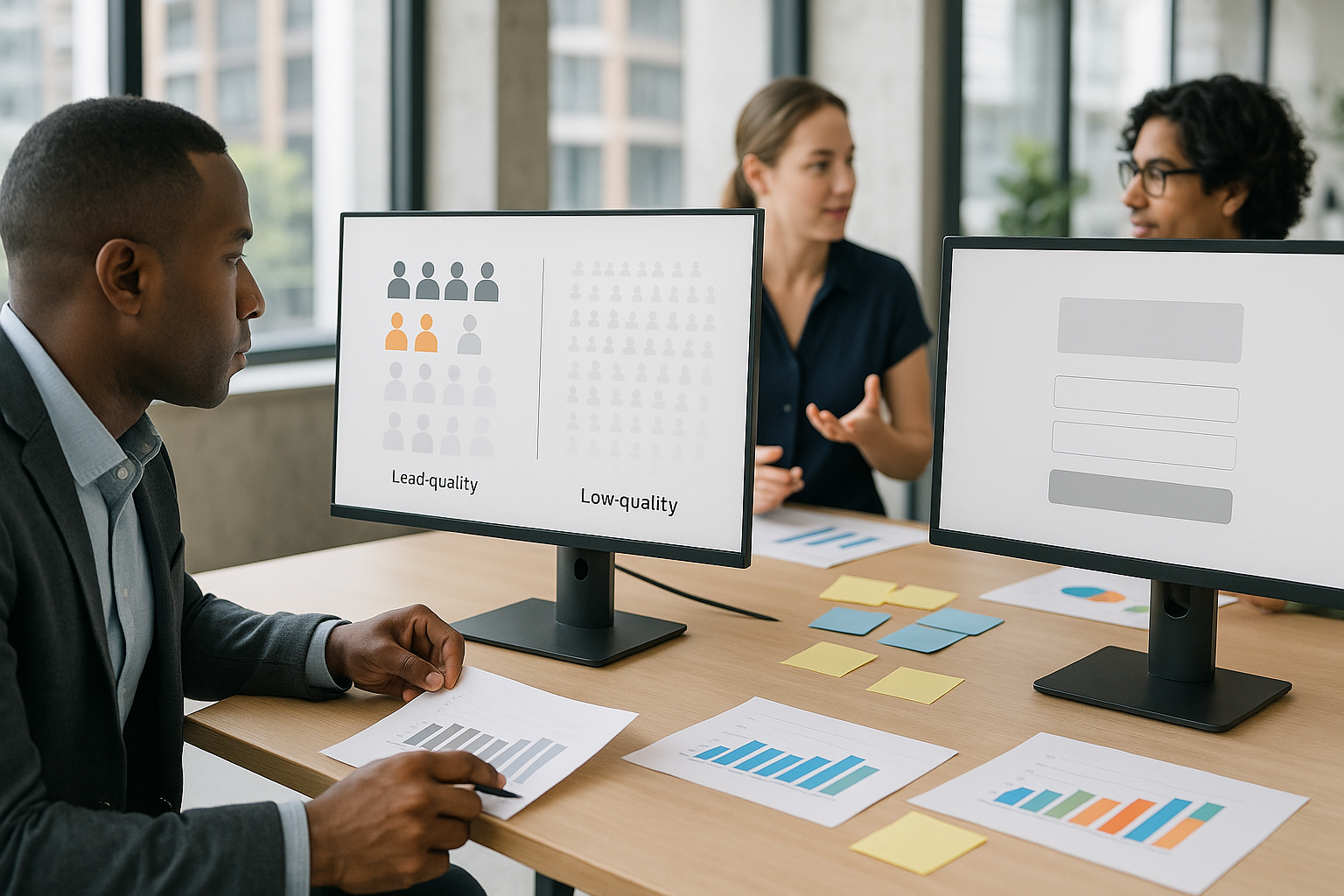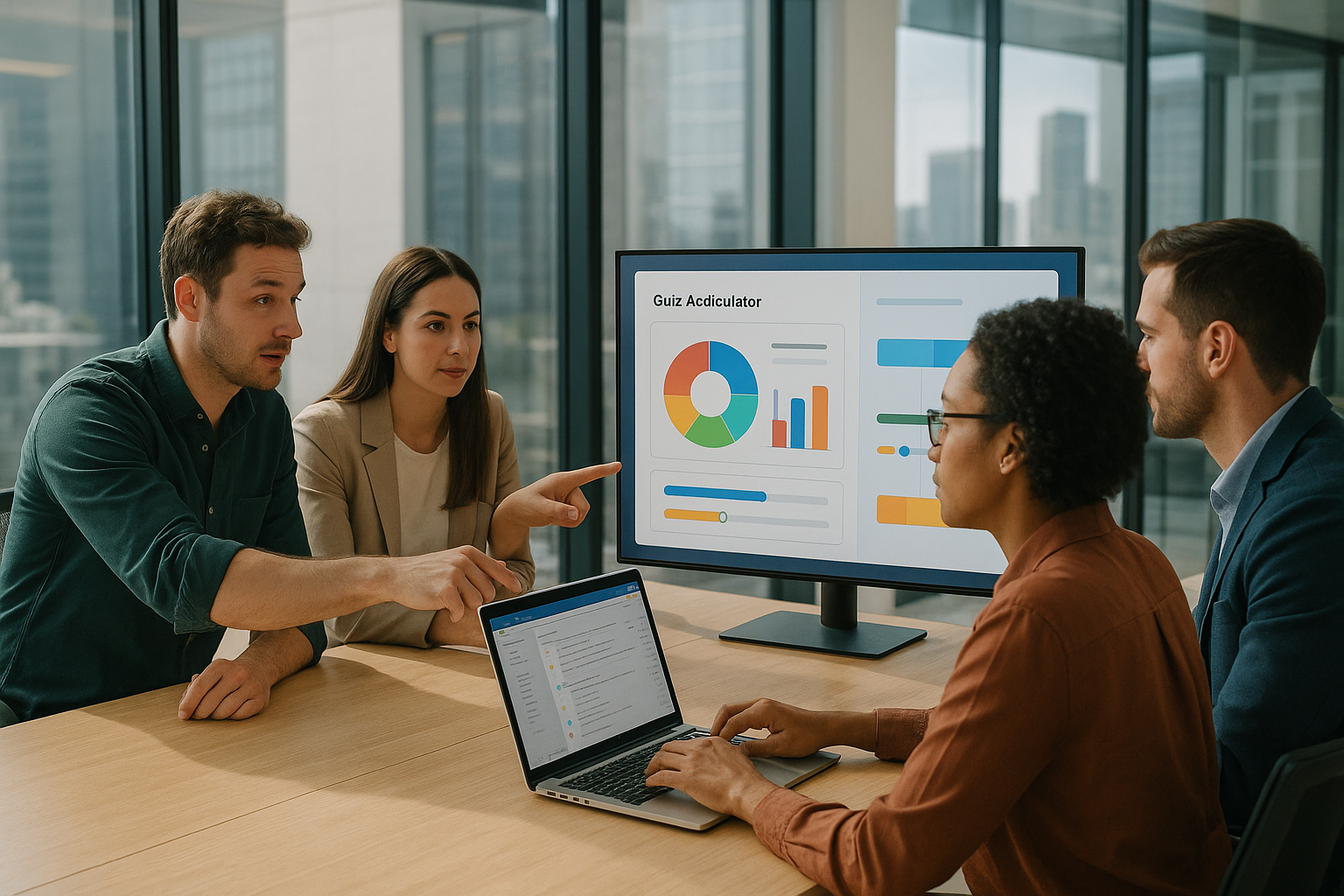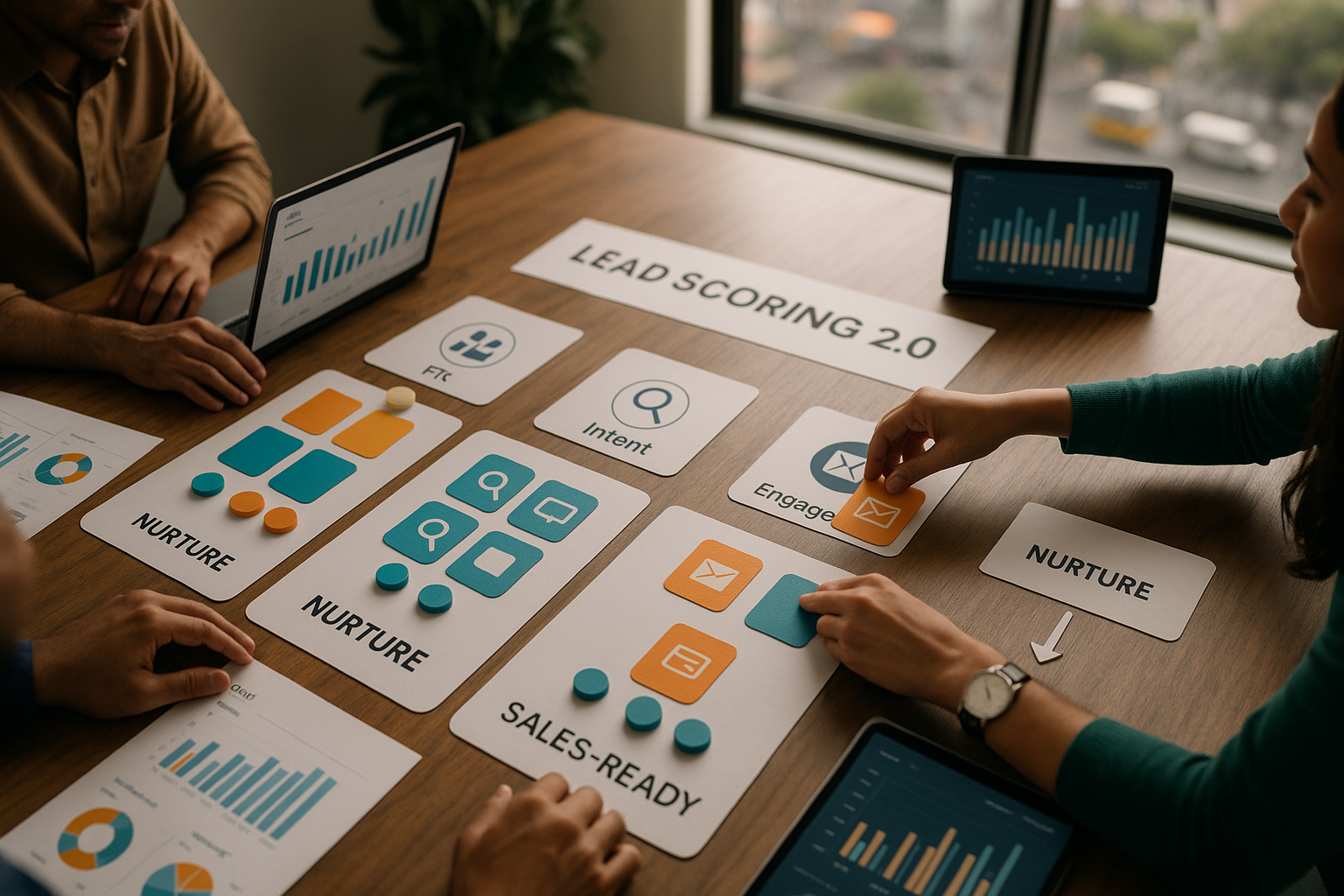In B2B marketing, getting that first click on your email is exciting — but it’s just the start. The real win? Turning that click into a conversion. If you’re relying on a single email blast or a generic follow-up, you’re leaving serious revenue on the table.
A strategic email sequence isn’t just a series of messages. It’s a conversation, a journey, and your silent salesperson — designed to move prospects step-by-step through your B2B funnel until they’re ready to say “yes.”
Let’s dive into how to build sequences that not only nurture leads — but close deals.
Why Email Sequences Matter in B2B
Think about your sales process — it’s not instant. B2B decisions involve research, comparisons, internal approvals, and a lot of back-and-forth.
That’s why one-off emails fall flat. A structured sequence allows you to:
- Educate your audience
- Build trust over time
- Handle objections
- Guide decision-making
And best of all? It works on autopilot — as long as you get the structure right.
Anatomy of a High-Converting Email Sequence
Here’s what your winning sequence needs:
1. The Hook (Email 1)
This is where you make a killer first impression. Your prospect just clicked a CTA, downloaded a lead magnet, or visited a pricing page.
What to do:
- Thank them or acknowledge their action
- Deliver immediate value (free resource, insight, or takeaway)
- Preview what’s coming next
Example subject line:
“Here’s the strategy that helped [Client] 2x their leads — and how you can too.”
2. The Value Drop (Email 2)
You’ve earned attention. Now deepen the connection.
Focus on:
- Common pain points your solution addresses
- A real-life example or story
- Actionable advice they can use now
This builds credibility and positions you as a helpful guide — not just another sales email.
3. The Proof (Email 3)
Time to bring receipts. This is where social proof shines.
Add:
- A case study
- A client quote or testimonial
- Metrics that show your impact
Prospects at the MOFU stage of the B2B funnel are searching for proof that your solution works. Show them.
4. The Pitch (Email 4)
Now it’s time to ask for the conversion — gently but clearly.
Options:
- Book a free consult
- Schedule a demo
- Download a deeper resource (that leads to a sales call)
Make the CTA strong, but frictionless.
Pro tip: Offer calendar links or 1-click booking tools to remove barriers.
5. The Follow-Up (Email 5 & 6)
Even with a perfect sequence, not everyone will act immediately. That’s okay.
Use these final emails to:
- Reiterate value
- Handle common objections (pricing, timing, competitors)
- Create urgency (limited spots, expiring offer, etc.)
End the sequence with a personal tone — as if you were sending the email 1-on-1. That human touch makes a difference.
Segment for Smarter Sequences
Not all prospects are created equal. Your emails shouldn’t be either.
Use segmentation to tailor sequences based on:
- Industry (Tech, Finance, SaaS, etc.)
- Role (Decision-maker vs. end user)
- Behavior (Clicked but didn’t convert, watched demo but didn’t book)
The more context-aware your email sequence, the higher your conversion rate.
Tools That Make It Happen
You don’t have to do this manually. Tools like:
- Pega (for real-time, AI-powered decisions)
- HubSpot
- Mailchimp
- Lemlist
- ActiveCampaign
…can automate your B2B funnel, personalize emails at scale, and track performance.
Bonus tip: Integrate with your CRM to adjust messaging based on lead status, deal stage, or past interactions.
Track, Learn, Optimize
Here’s what you should measure:
- Open rate → Is your subject line working?
- Click-through rate → Is your message compelling?
- Conversion rate → Are people taking your desired action?
- Reply rate → Are you inviting conversations?
Split-test different subject lines, CTAs, sending times — even sender names. Don’t be afraid to experiment.
Final Thoughts: Think Sequence, Not Splash
Successful B2B marketers don’t rely on email blasts anymore. They build intentional journeys that lead buyers from interest to action.
Your prospects are busy. Their inboxes are crowded. But with the right email sequence, you can break through the noise, build relationships at scale, and guide them smoothly through your B2B funnel.
Clicks are great. Conversions are better. Sequences get you both.
An email sequence in B2B marketing is a series of automated, targeted emails sent over time to nurture leads and guide them through the funnel toward conversion.
A typical B2B email sequence includes 4–6 emails, each serving a unique purpose: introduction, value delivery, social proof, objection handling, and final CTA.
Popular tools for automating email sequences include Pega, HubSpot, ActiveCampaign, Lemlist, and Mailchimp. They support segmentation, tracking, and personalization.



